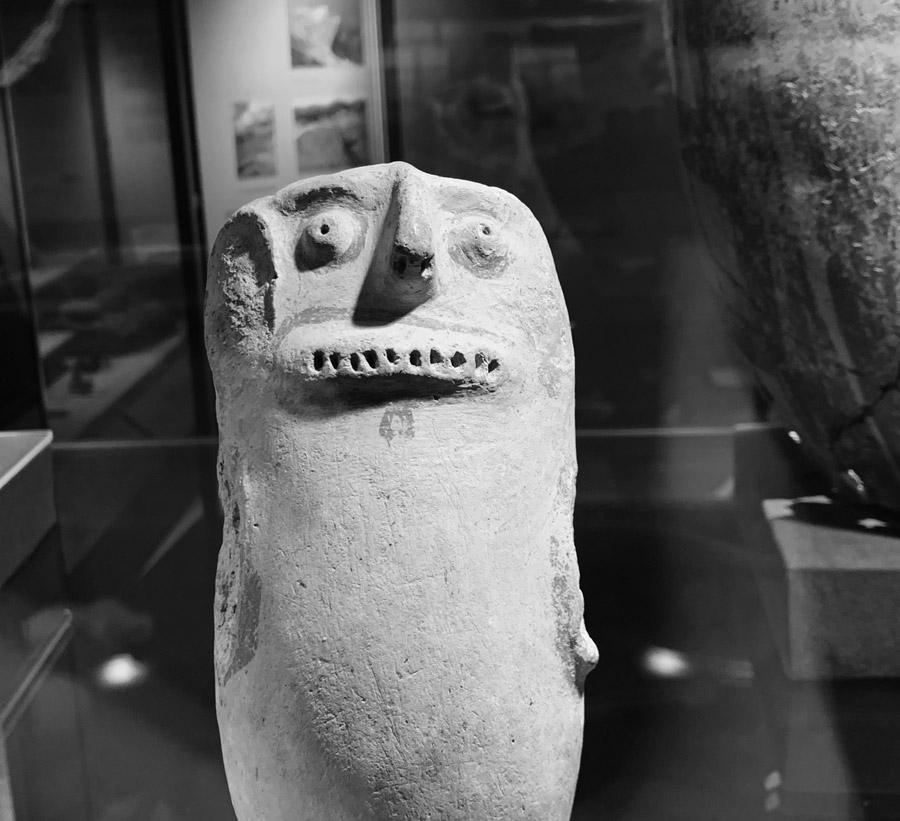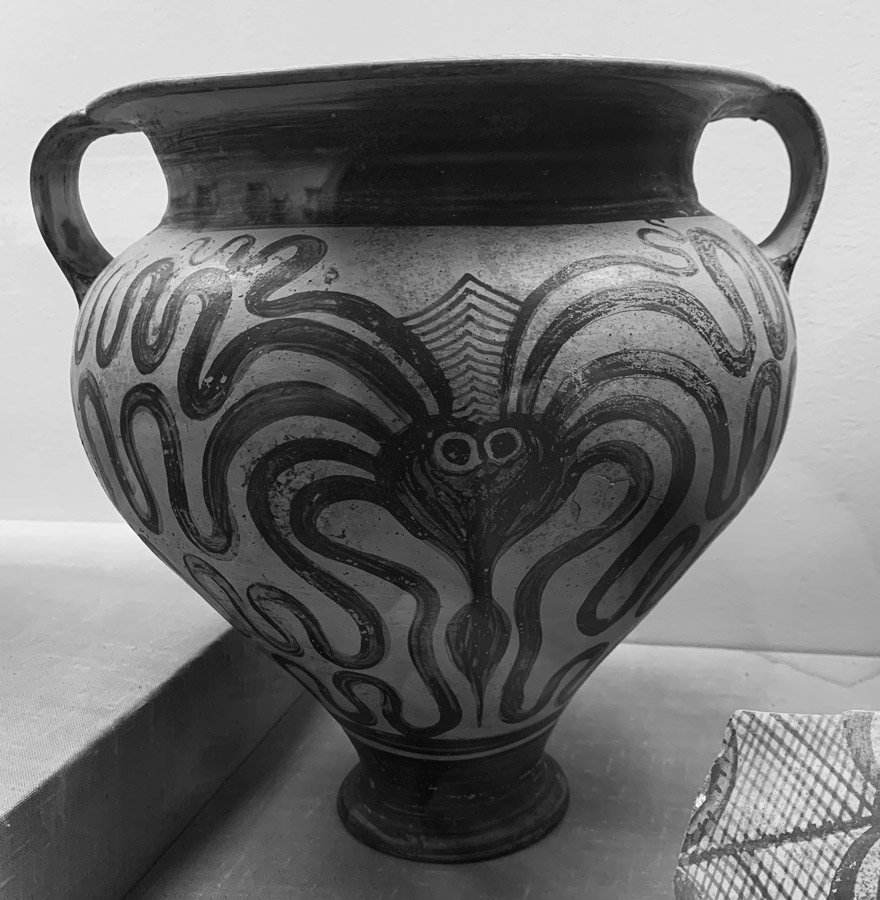Cyprus at first glance: Difference between revisions
(→_tba) |
|||
| Line 29: | Line 29: | ||
_octopus - a recurring illustration on pottery to absolutely love and get inspired by; mainly from around 13C. b.c.<br> | _octopus - a recurring illustration on pottery to absolutely love and get inspired by; mainly from around 13C. b.c.<br> | ||
_the 1/3 excavation rule - in 1929 The Swedish Cyprus Expedition investigated the archaeology of the early history of Cyprus. During this project, the Sanctuary of Ayia Irini was excavated where 2000 terracotta figures were found. The practice at the time was the following: 1/3 go to the owner of the land, 1/3 to the local Government and 1/3 to Sweden. Similar situation goes with other expeditions as we well know. However, seeing some photos of artefacts kept in Sweden, UK and Germany, not all the 1/3rds are equal, of course. | _the 1/3 excavation rule - in 1929 The Swedish Cyprus Expedition investigated the archaeology of the early history of Cyprus. During this project, the Sanctuary of Ayia Irini was excavated where 2000 terracotta figures were found. The practice at the time was the following: 1/3 go to the owner of the land, 1/3 to the local Government and 1/3 to Sweden. Similar situation goes with other expeditions as we well know. However, seeing some photos of artefacts kept in Sweden, UK and Germany, not all the 1/3rds are equal, of course. | ||
=== <span style="color: white; font-family: Menlo; text-decoration:none; background-color: #0033ff; padding-top: 0.1vw; padding-bottom: 0.1vw; padding-left: 0.1vw; padding-right: 0.2vw;"> _museums in Cyprus [Nicosia]</span>=== | |||
Revision as of 13:47, 21 August 2023
I am spending almost 2 months in Cyprus - August and September. The hottest months of the year here. An endless Summer vacation. An island. A place somewhere between Europe, Asia and Africa. Here are some highlights I would like to keep in handy for later.
_location
Somewhere between Europe, Asia and Africa. A hot island with a lot of dust and sand. But not a desert. An oasis?
_museums in Cyprus [Nicosia]
The Cyprus Museum [Nicosia]
The Cyprus Museum is the island’s main and largest archaeological museum, and charts the development of Cyprus’ civilisation from the Neolithic Age to the Early Byzantine period (7th century).
▶▶ source: the museum's website
// practicalities:
_entrance and audio guide are free [as of August 2023]
_the audio guide is a necessity - at some point, there are no descriptions of the artefacts, so you basically are lost without it [in case you want to know what are you looking at]
// highlights:
_faces - as a person who is somewhat obsessed with faces [I often carry a marker in my bag to bomb some places & objects which need a little push to become cute faces], I absolutely loved looking at a great selection of ancient figures with cute faces
_octopus - a recurring illustration on pottery to absolutely love and get inspired by; mainly from around 13C. b.c.
_the 1/3 excavation rule - in 1929 The Swedish Cyprus Expedition investigated the archaeology of the early history of Cyprus. During this project, the Sanctuary of Ayia Irini was excavated where 2000 terracotta figures were found. The practice at the time was the following: 1/3 go to the owner of the land, 1/3 to the local Government and 1/3 to Sweden. Similar situation goes with other expeditions as we well know. However, seeing some photos of artefacts kept in Sweden, UK and Germany, not all the 1/3rds are equal, of course.


